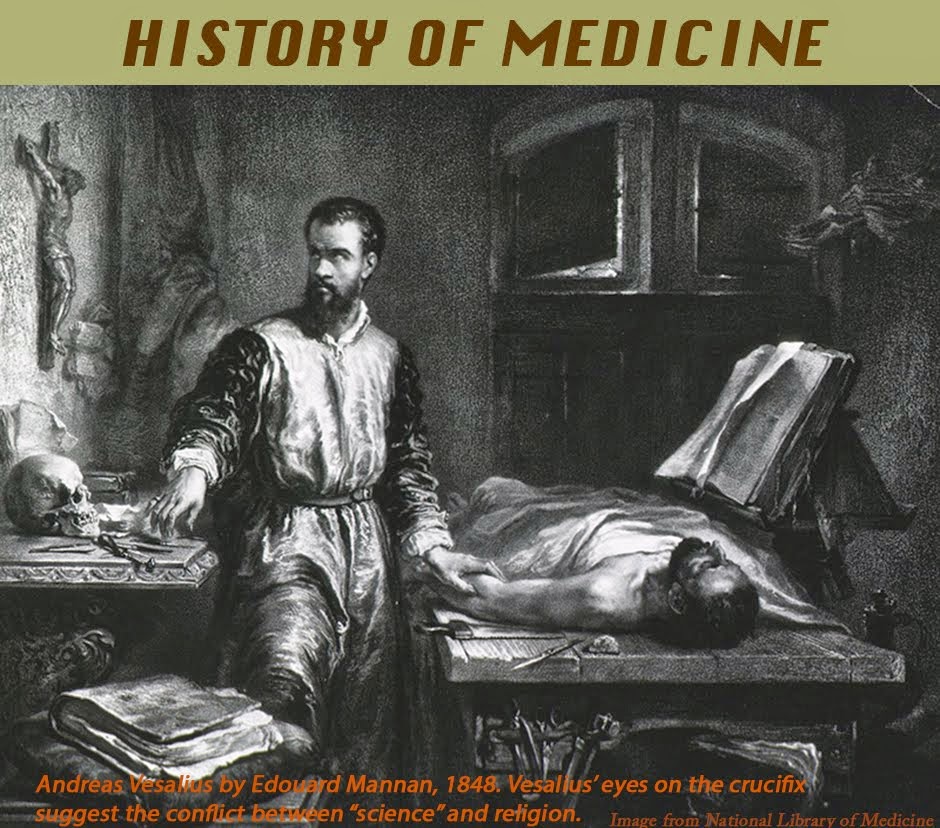A SPECIAL NOBEL PRIZE
There is a story that the 1930 winner of the Nobel Prize in medicine and physiology first learned of his award from a Swedish journalist. After hearing the journalist, he asked what the prize was for. That was not false modesty; it was because the recipient, Karl Landsteiner, had made so many discoveries that he had to speculate on the winning one. The prize was, in fact, for the determination of the blood groups, a breakthrough that made possible the whole field of transfusions. True or not, the anecdote illustrates the wide range of Landsteiner’s achievements.
Landsteiner was born into a Jewish family in Vienna in 1868. His father, a prominent journalist, died when Karl was six. His
 |
| Karl Landsteiner (Wikipedia) |
mother saw him through a gymnasium (university prep school) education, after which he entered the University of Vienna Medical School at age 17, graduating in 1891. Interested in biochemistry, he spent 5 years with prominent chemists, including Emil Fischer, and soon after learned bacteriology as assistant to Anton Weichselbaum, who had discovered the meningococcus as a cause of meningitis. He continued to work in Vienna until 1919, rising to Professor of Pathologic Anatomy at the University of Vienna and director of laboratories at the Wilhelmina Hospital. During this time his scientific output was prodigious.
In the infectious diseases, he and Ernest Finger (chief of Dermatology and Venereal Diseases) transmitted syphilis to monkeys (though preceded by Metchnikoff and Roux). On his own, Landsteiner discovered the value of dark field illumination in identifying the spirochete and found that extracts of beef heart improved the Wasserman reaction. Both were discoveries widely used.
In 1908, during a polio epidemic, he and an assistant were the first to transmit the disease to monkeys. Landsteiner, with
 |
| Constantin Levaditi (Wikipedia) |
Constantin Levaditi, a Romanian-born scientist, established that the poliovirus was ultrafiltrable and that it was recoverable from the pharynx, salivary glands, tonsils, and in lymph nodes draining the intestines, proving that polio was a systemic infection. Landsteiner found that convalescent serum inactivated the virus and even created a vaccine. The vaccine failed to prevent disease in monkeys, though, and he abandoned the project. Landsteiner also described the pancreatic findings in what later became known as cystic fibrosis.
 |
| Busts mounted in Polio Hall of Fame, Warm Springs, GA. Landsteiner is fourth from left, Franklin Roosevelt is second from right. (Wikipedia) |
 |
| Diagram of Blood Groups (Wikipedia) |
Landsteiner’s life was not always smooth. His mother died in 1908, a traumatic event for a man so close to her (he kept her death mask on his bedroom wall until his own death). Both he and his mother had converted to Catholicism years earlier, not an unusual practice at the time and possibly seen as an aid to his career. Though a tireless and determined worker, socially he was withdrawn and made few friends. Eight years after the death of his mother, and during WWI, he married the daughter of the verger of a Greek Orthodox Church, Helene Wlasto, who agreed to give up her Orthodox connection. A year later, 1917, a son, Ernest Karl, was born.
World War One was hard on Austria. Vienna’s glittering fin-de siècle life had disappeared and its inhabitants were barely surviving. Facilities (and salaries) deteriorated at the University and food was scarce. Landsteiner bought a goat to provide milk for his son as he watched destitute locals, desperate for firewood, cut down trees around his property. To feed his family, he moved to a job as pathologist at a Catholic hospital at The Hague. Despite the heavy workload and poor facilities, he managed to publish 12 papers. His difficulties drifted up to
 |
| Simon Flexner (Wikipedia) |
The three Landsteiners started New York life in an apartment above a butcher shop, awakened often by the noise of passing trolleys, though he soon found a small house on Nantucket for quiet weekends. At the Institute, Landsteiner continued his impressive scientific output, concentrating on problems in immunology and serology. His work culminated in the publication of The Specificity of Serological Reactions, a landmark work in a field he had largely pioneered. He considered the work so important that, in another version of the Nobel Prize story, he thought the prize might be for his immunology research. He later collaborated with the chemist, Linus Pauling, on a new edition of his book that was published posthumously by his son, Ernest Karl, a surgeon in Boston.
Landsteiner’s shyness and aversion to publicity caused him anxiety at the Nobel ceremonies. So much so, that when he was asked to speak at a dinner, Landsteiner deferred to that year's winner of the Prize in literature, Sinclair Lewis, who praised him as “in a thousand cases the master of death.”
Karl Landsteiner worked into his seventies, succumbing to a heart attack in 1943. Cancer took his wife six months later. Peyton Rous, a friend since his arrival in New York, wrote in an obituary appreciation that Landsteiner was “as pure a medical scientist as his material would allow… He believed that facts would make their own way and he left them to do so…” A fitting tribute.
SOURCES:
Bendiner, E. “Karl Landsteiner: Dissector of the Blood.” Hospital Practice March 30, 1991, pp 93-104.
Gottlieb, A M, “Karl Landsteiner, the Melancholy Genius: His Time and His Colleagues.” 1998; Transfusion Medicine Reviews 12 (1): 18-27.
Goldman, A S and Schmalstieg, F C, “Karl Otto Landsteiner (1868-1943). Physician-biochemist-immunologist.” 2019; J Med Biography 27 (2) 67-75.
Bayne-Jones, S, “Dr. Karl Landsteiner: Nobel Prize Laureate in Medicine, 1930.” 1931; Science 73 (1901): 599-604.
Rous, P. “Karl Landsteiner.” In “Obituary Notices: Fellows of the Royal Society.” 1947; Proceedings of the Royal Society 5: 295-324.
Paul, J R, A History of Poliomyelitis. Chapter 11. 1971, Yale University Press.
